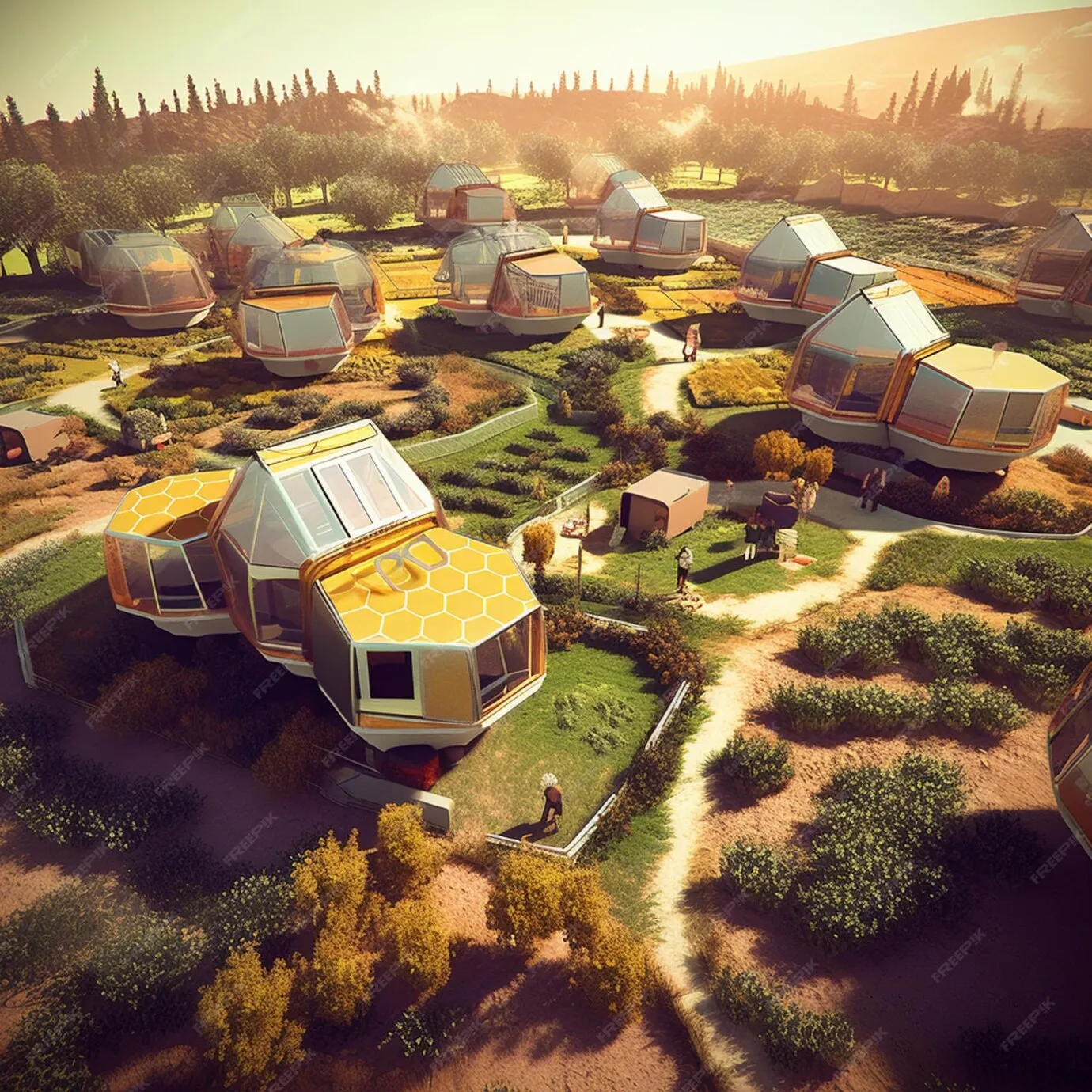
|
Mother Pelican
A Journal of Solidarity and Sustainability
Vol. 21, No. 5, May 2025
Luis T. Gutiérrez, Editor
|
|
|
|

|
|
|
De-Growth ~ Transitional Future Visions ~
Post-Capitalism, Eco-socialism, Simplicity,
Prospective De-Growth Impacts
Clifton Ware
This article was originally published in two parts
Part1,
Clif Ware's Substack, 9 April 2025, and
Part 2,
Clif Ware's Substack, 16 April 2025
REPUBLISHED WITH PERMISSION

Click the image to enlarge.
|
|
Part 1 ~ Post-Capitalism, Eco-socialism, and Sustainable Simplicity
Recap |
|
|
|
"It is no measure of health to be well
adjusted to a profoundly sick society."
Jiddu Krishnamurti (1895-1986)
|
|
Page 10
|
|
|